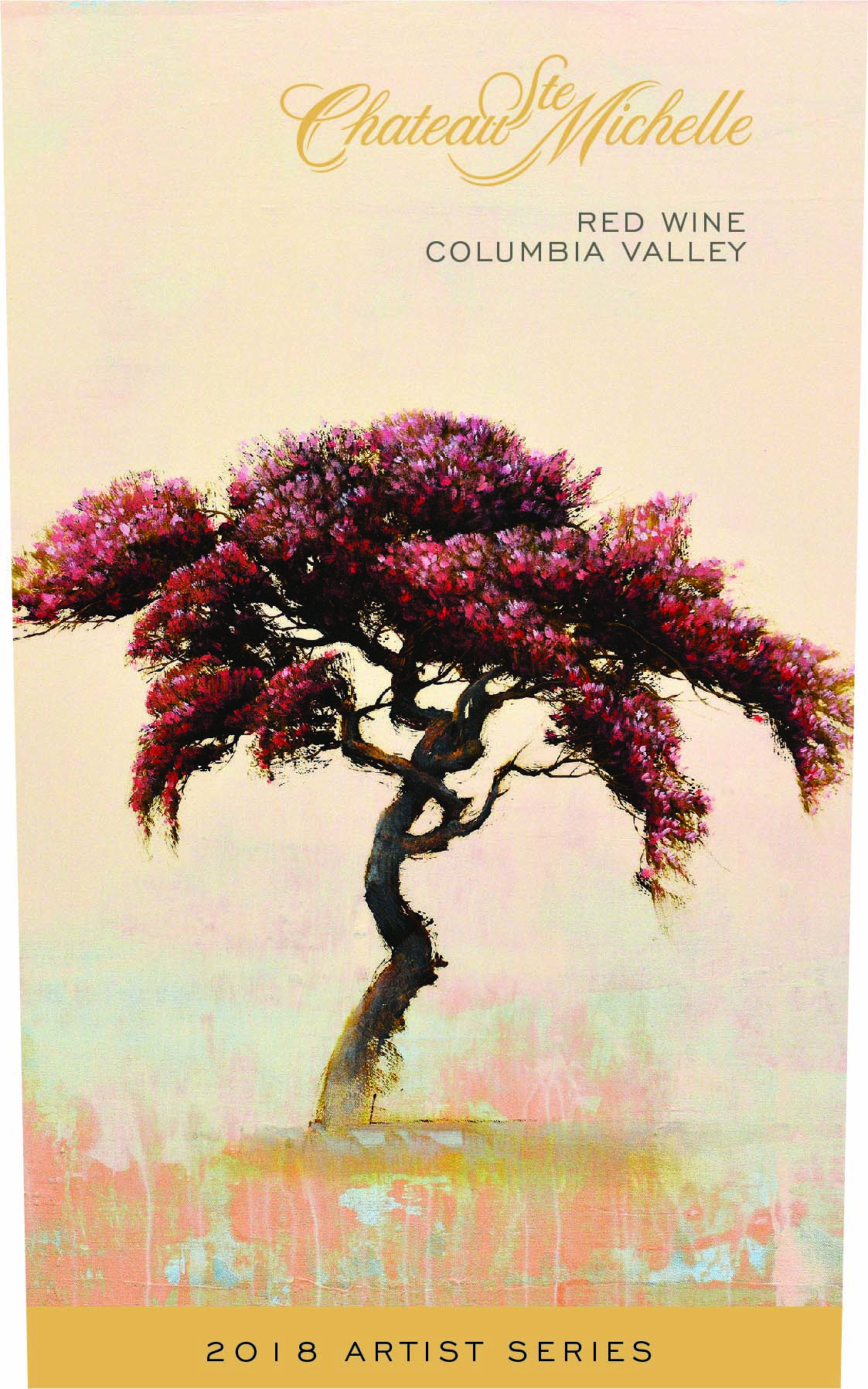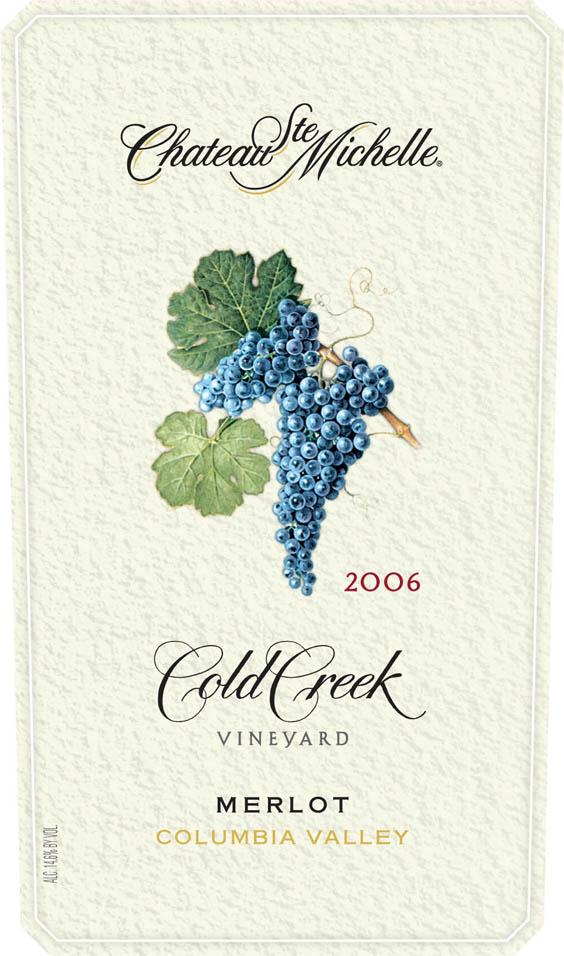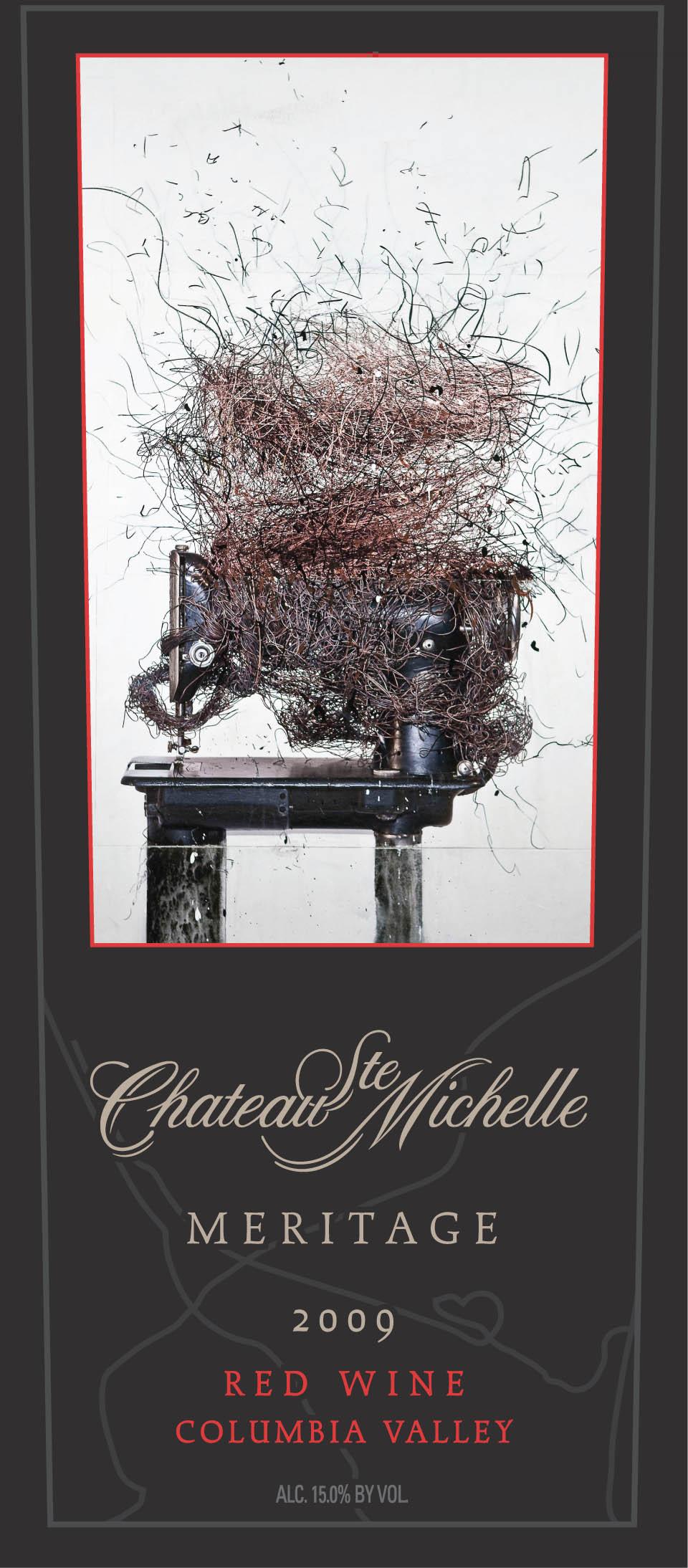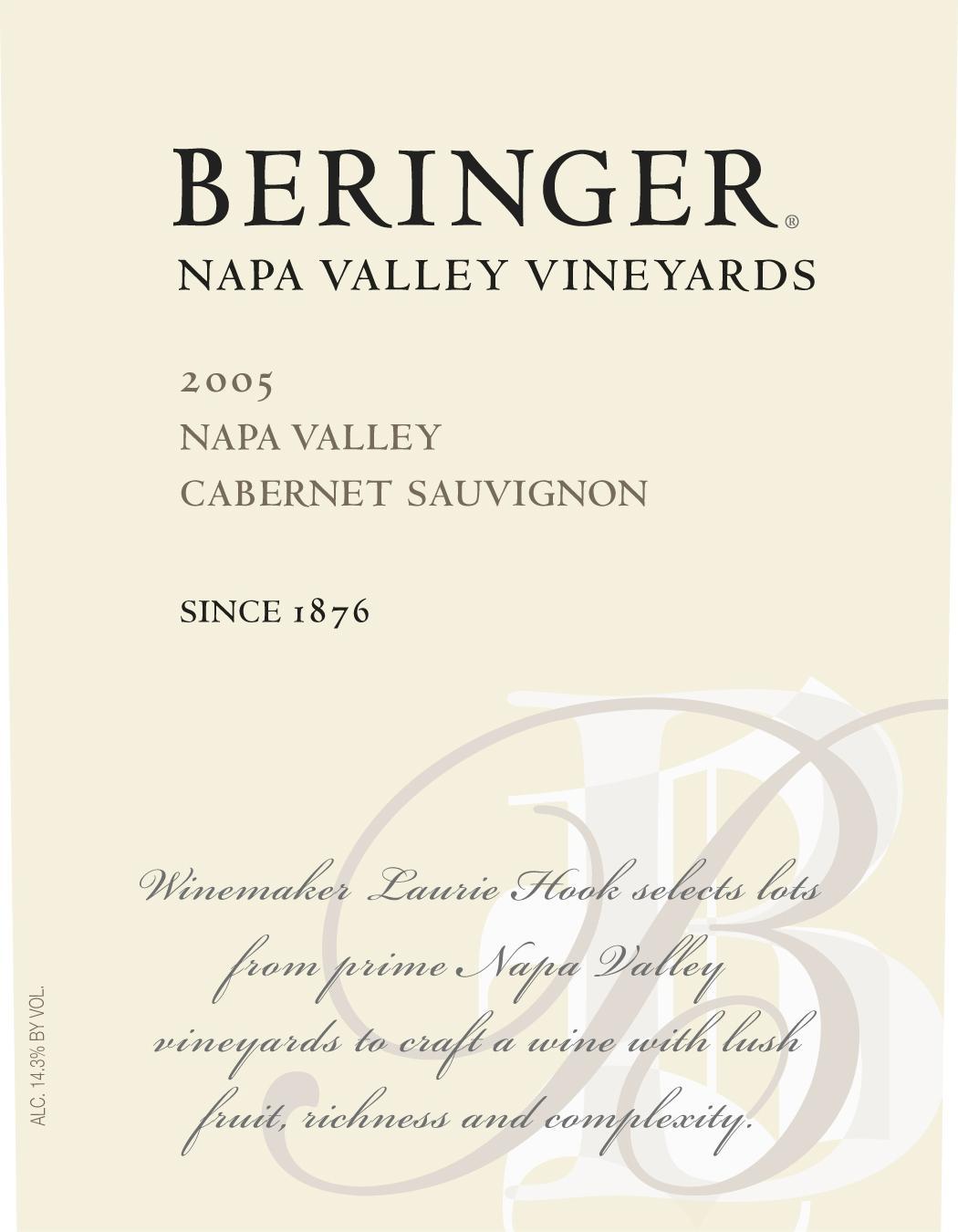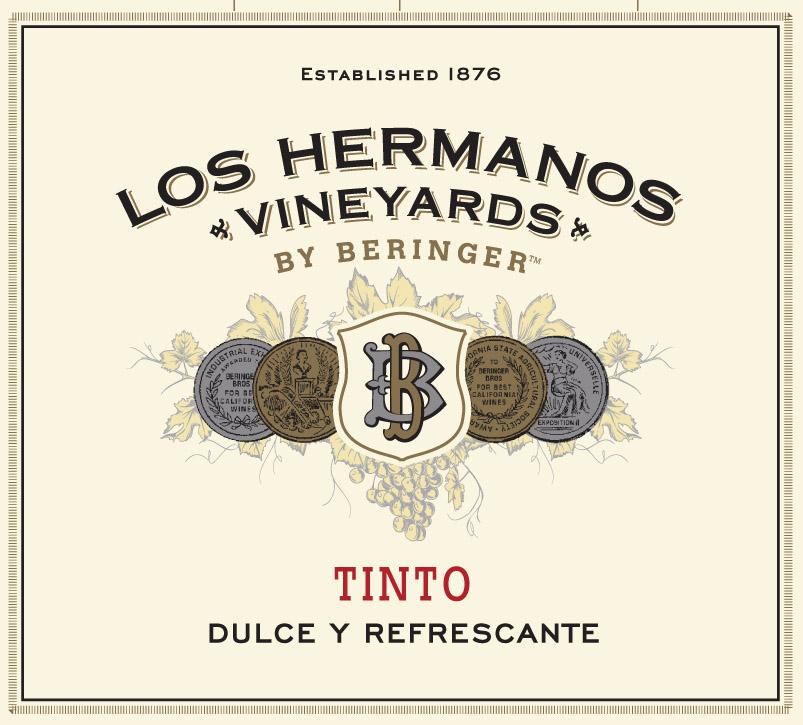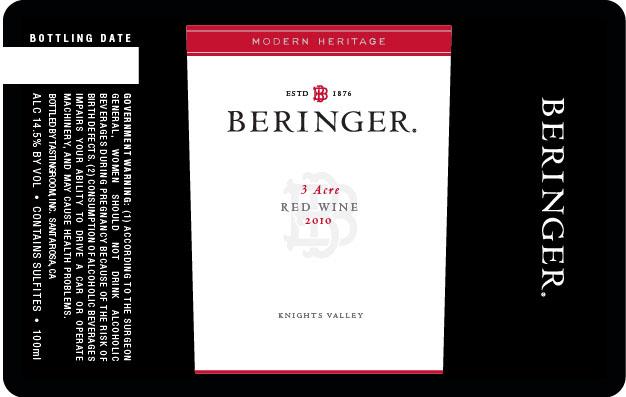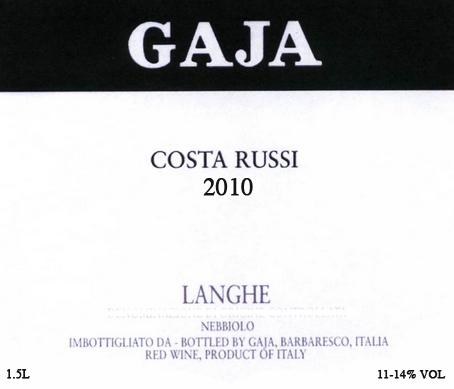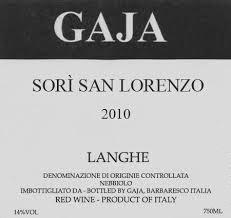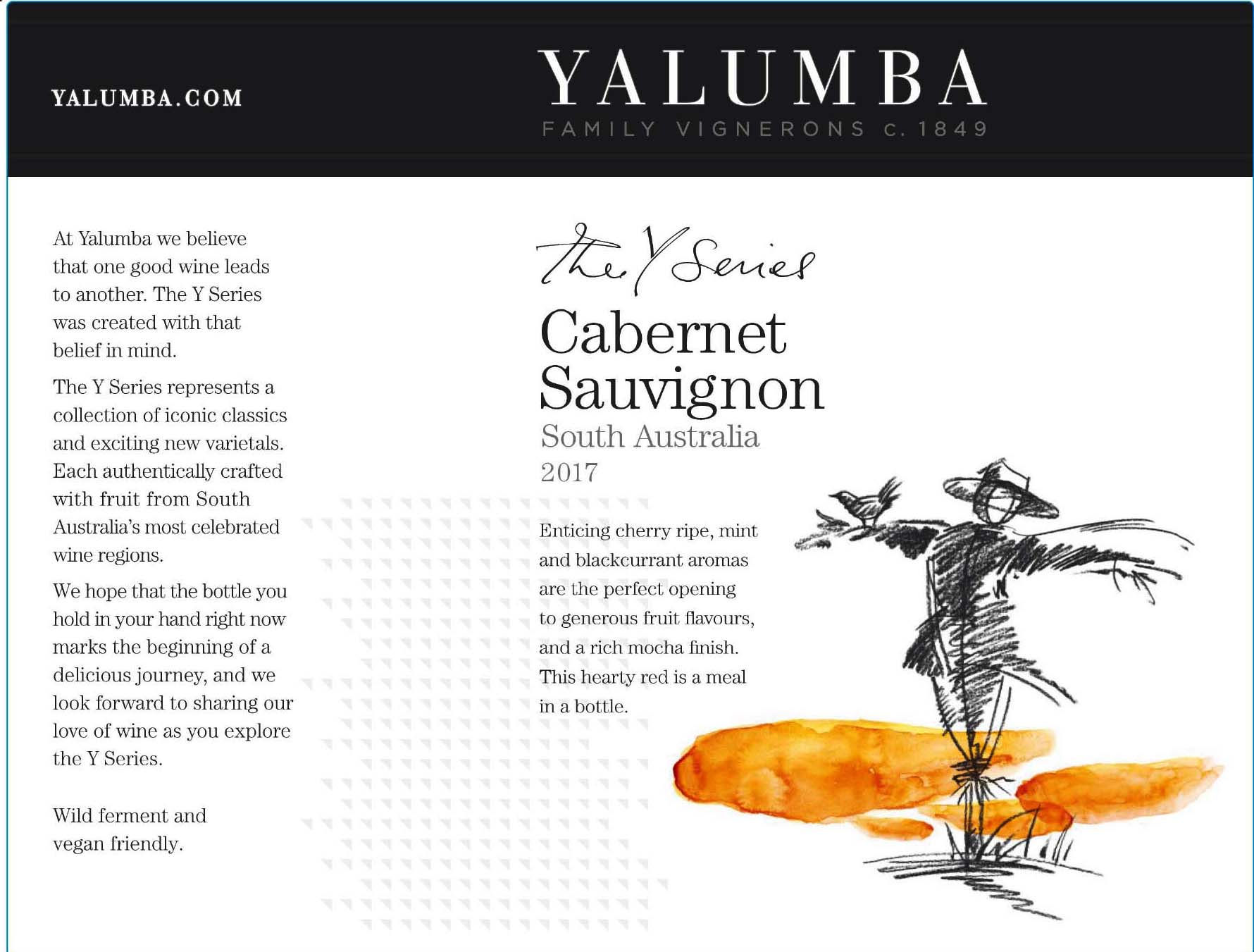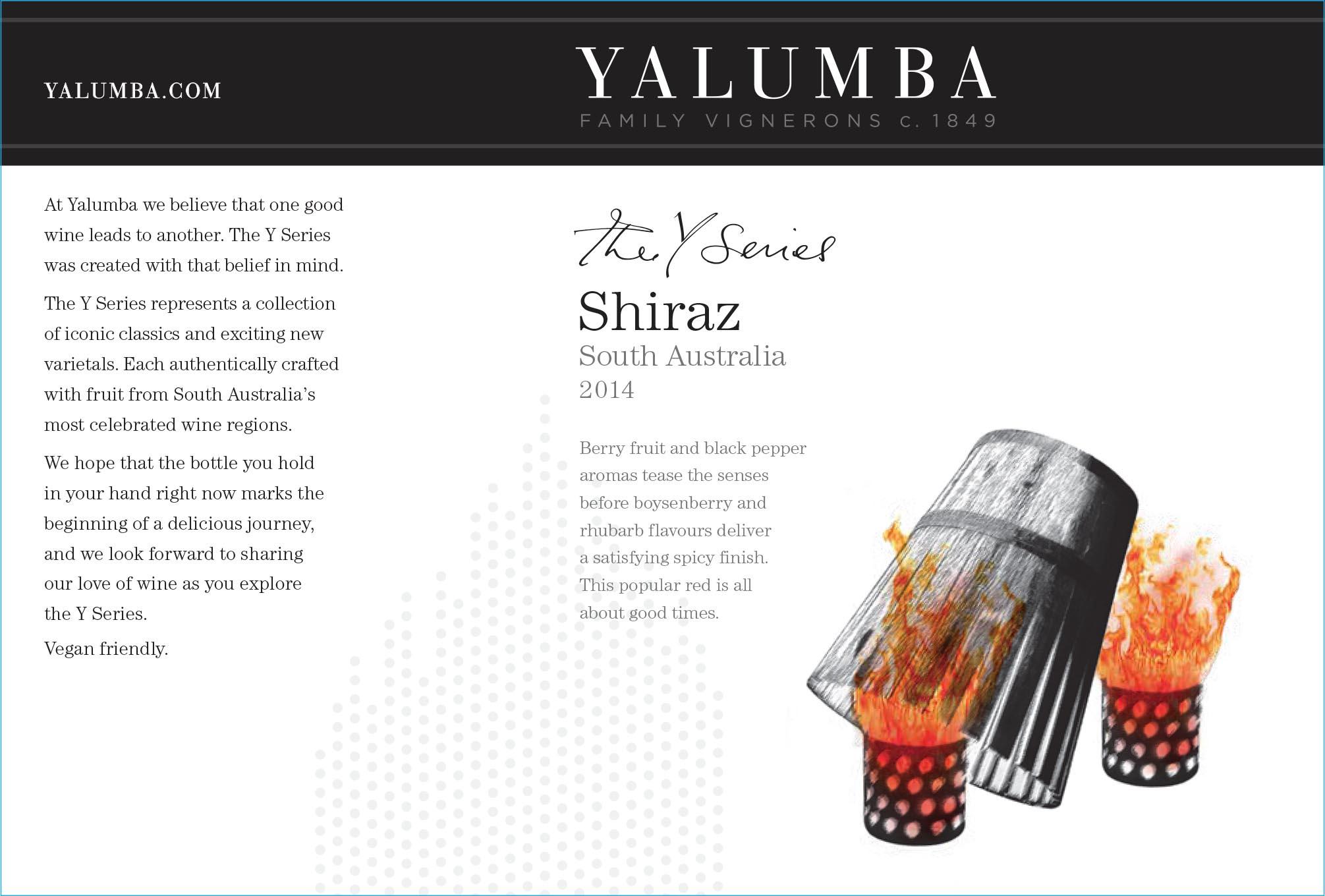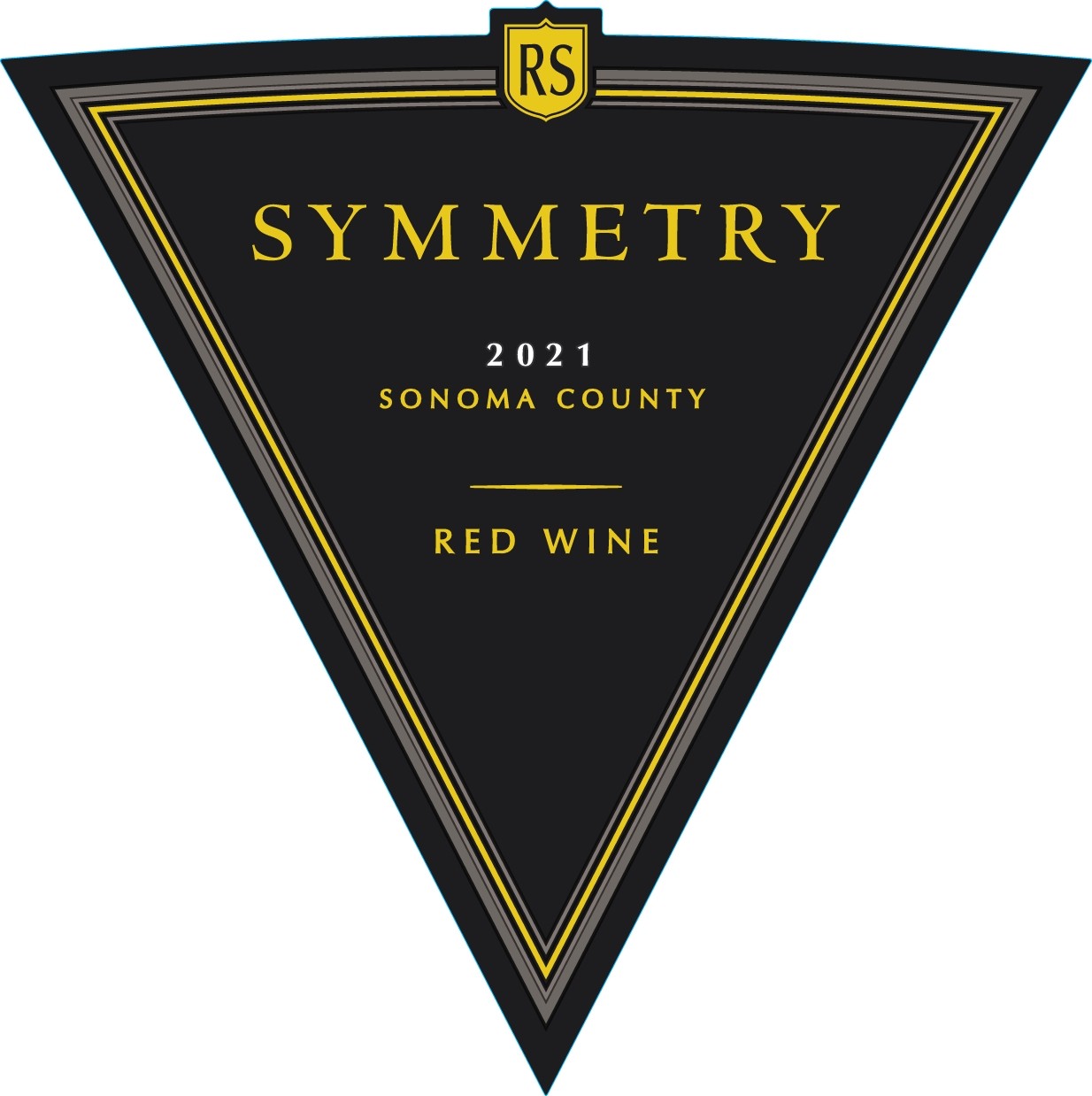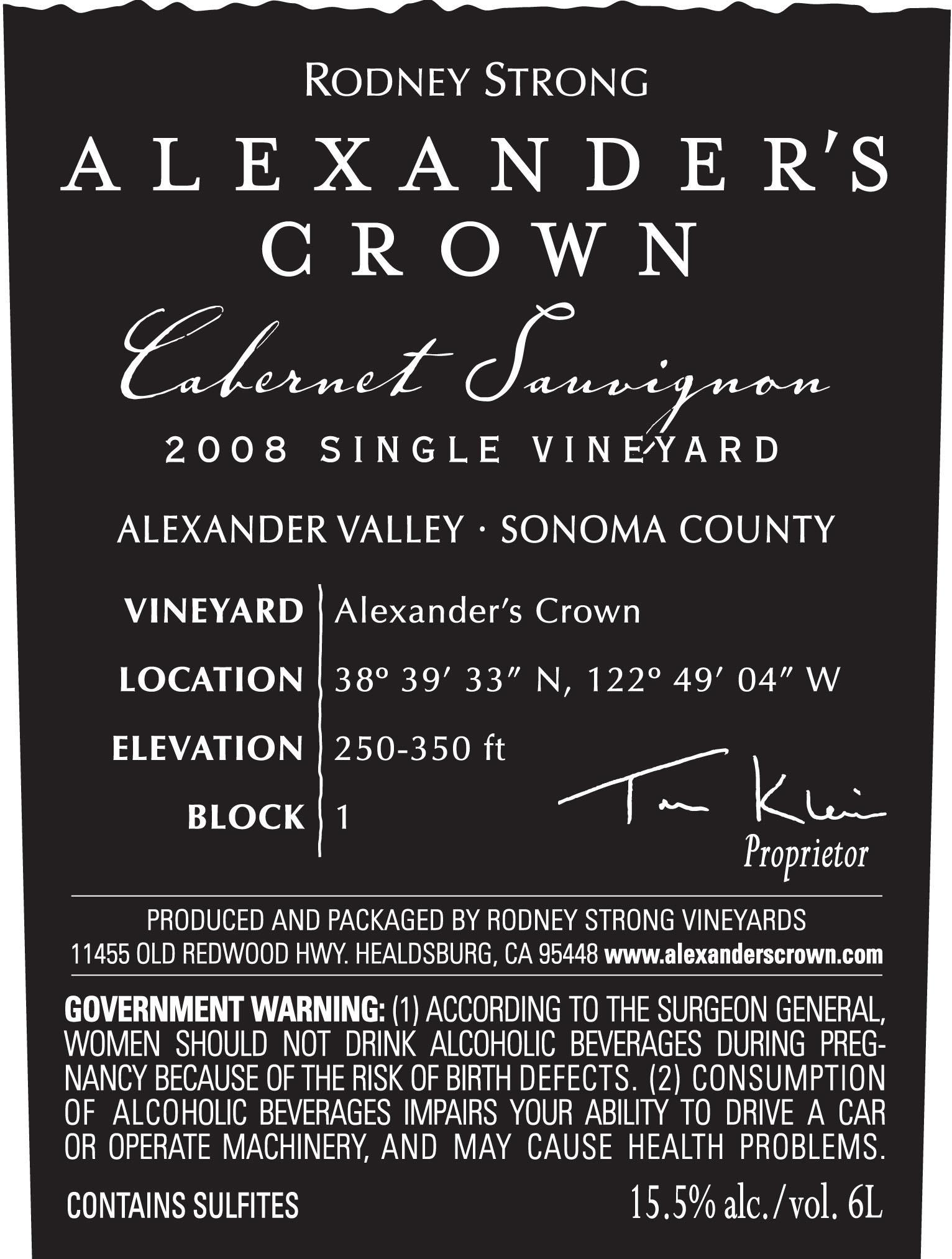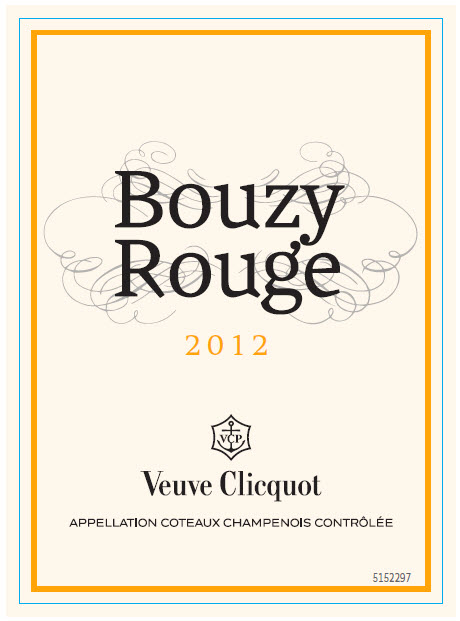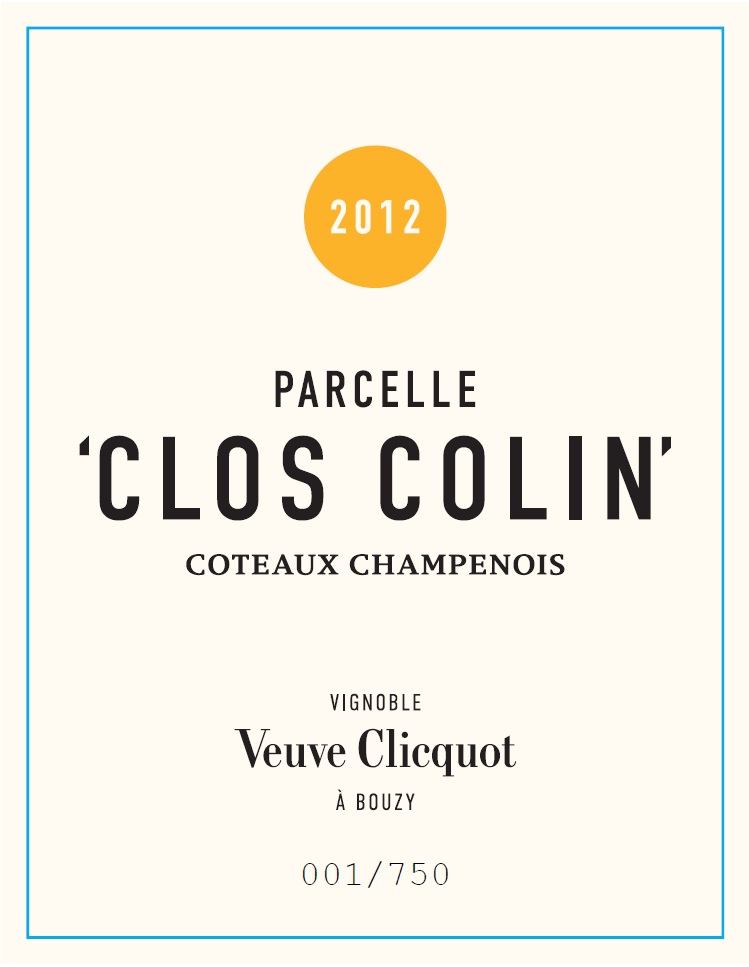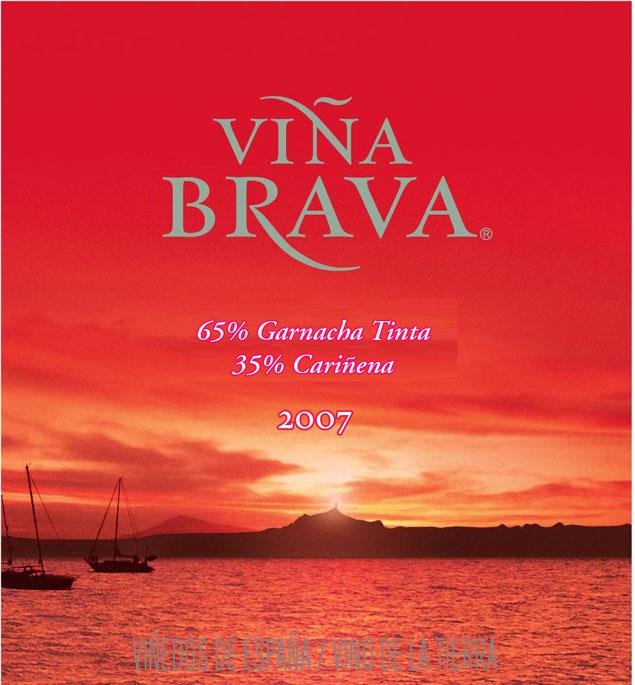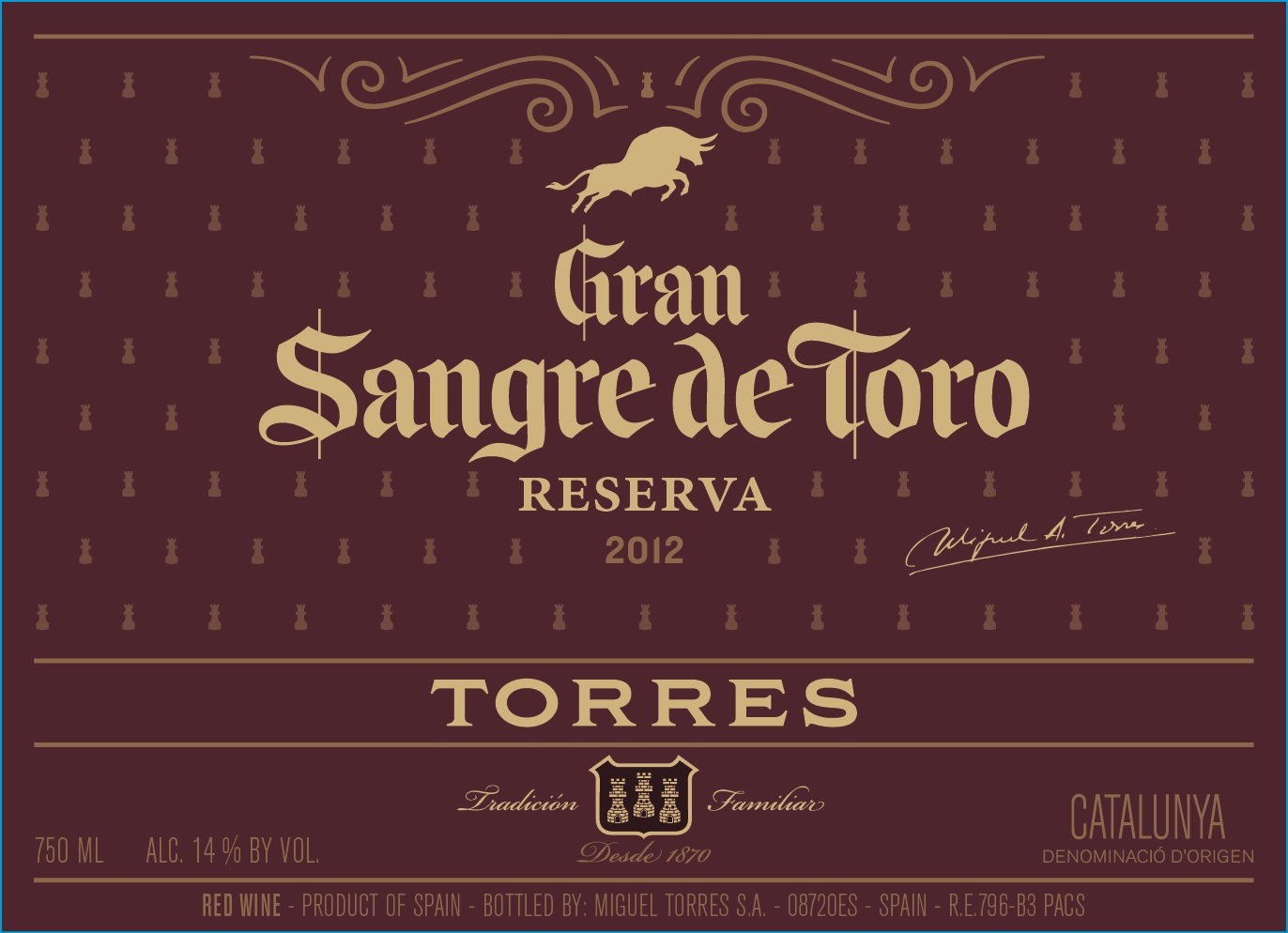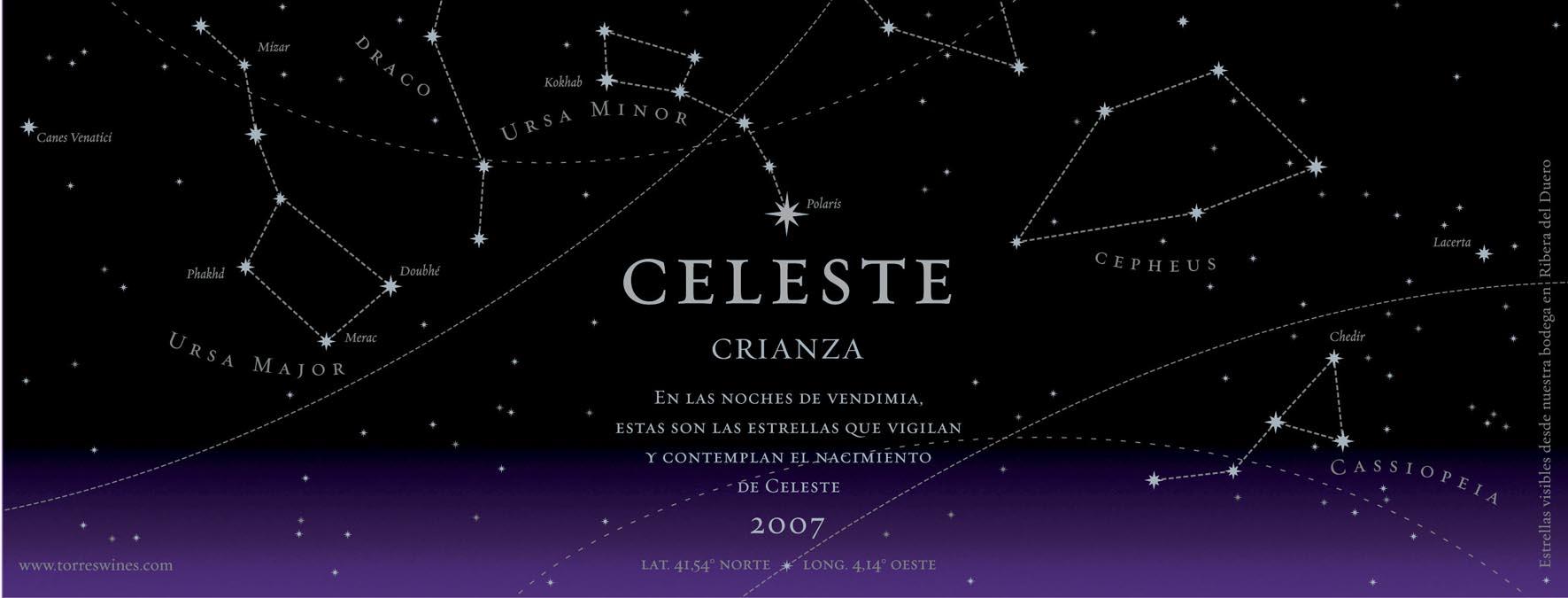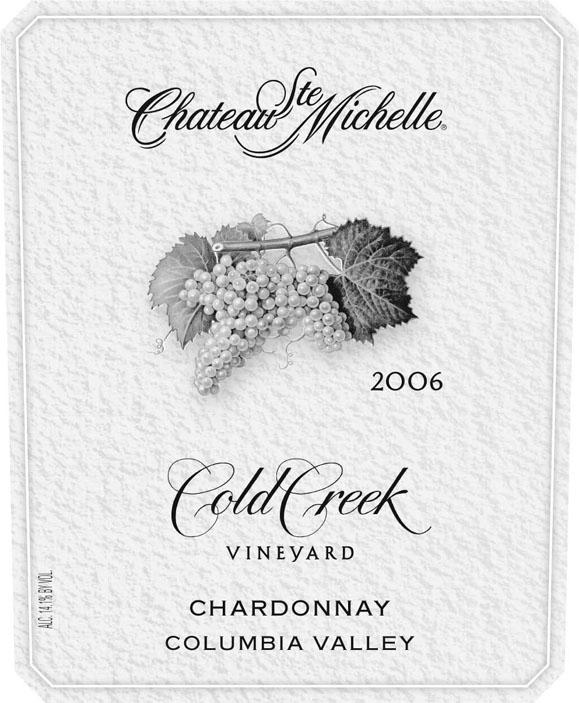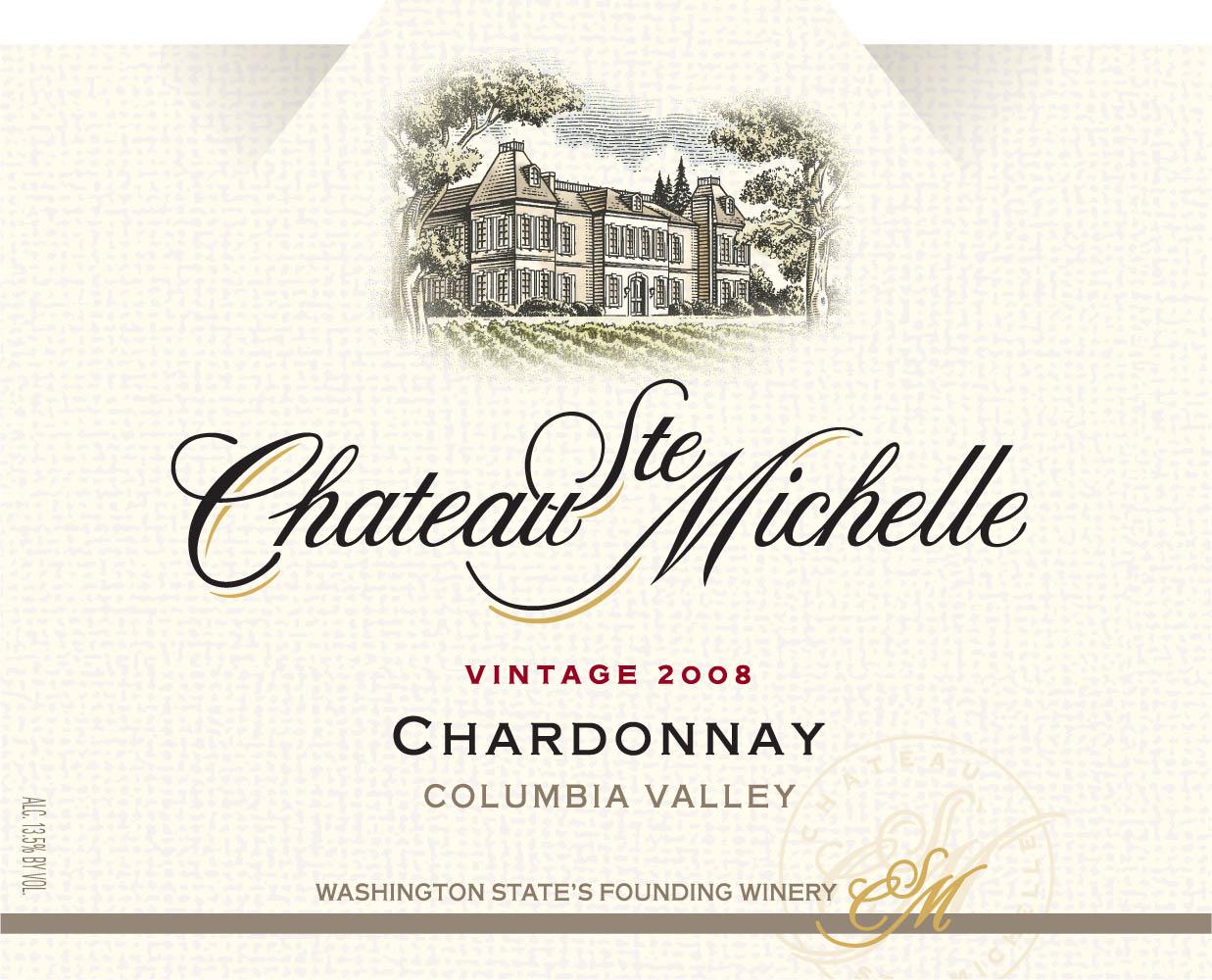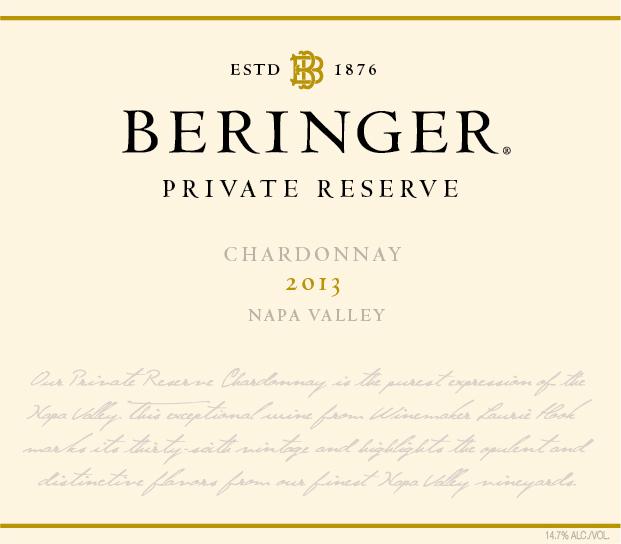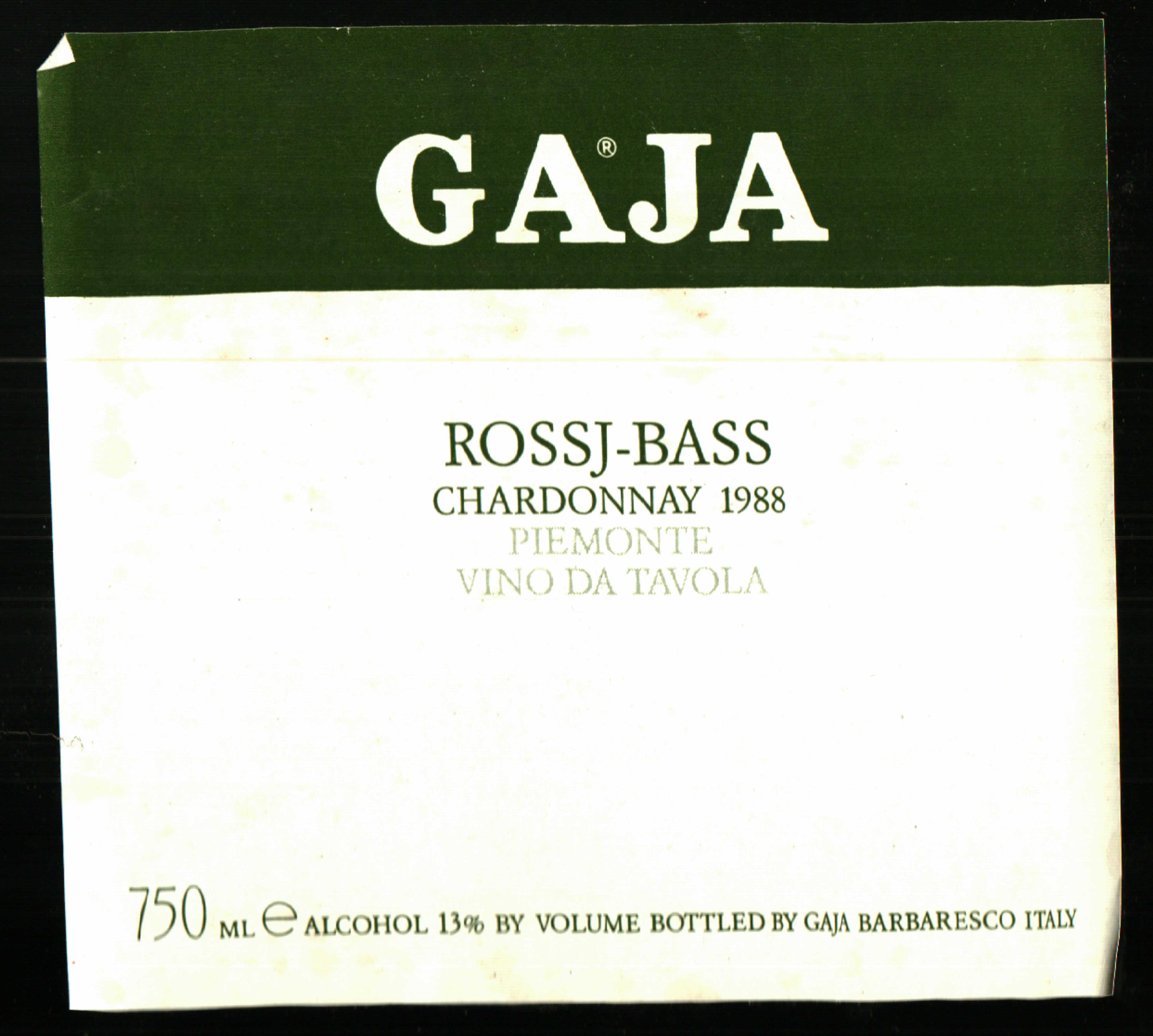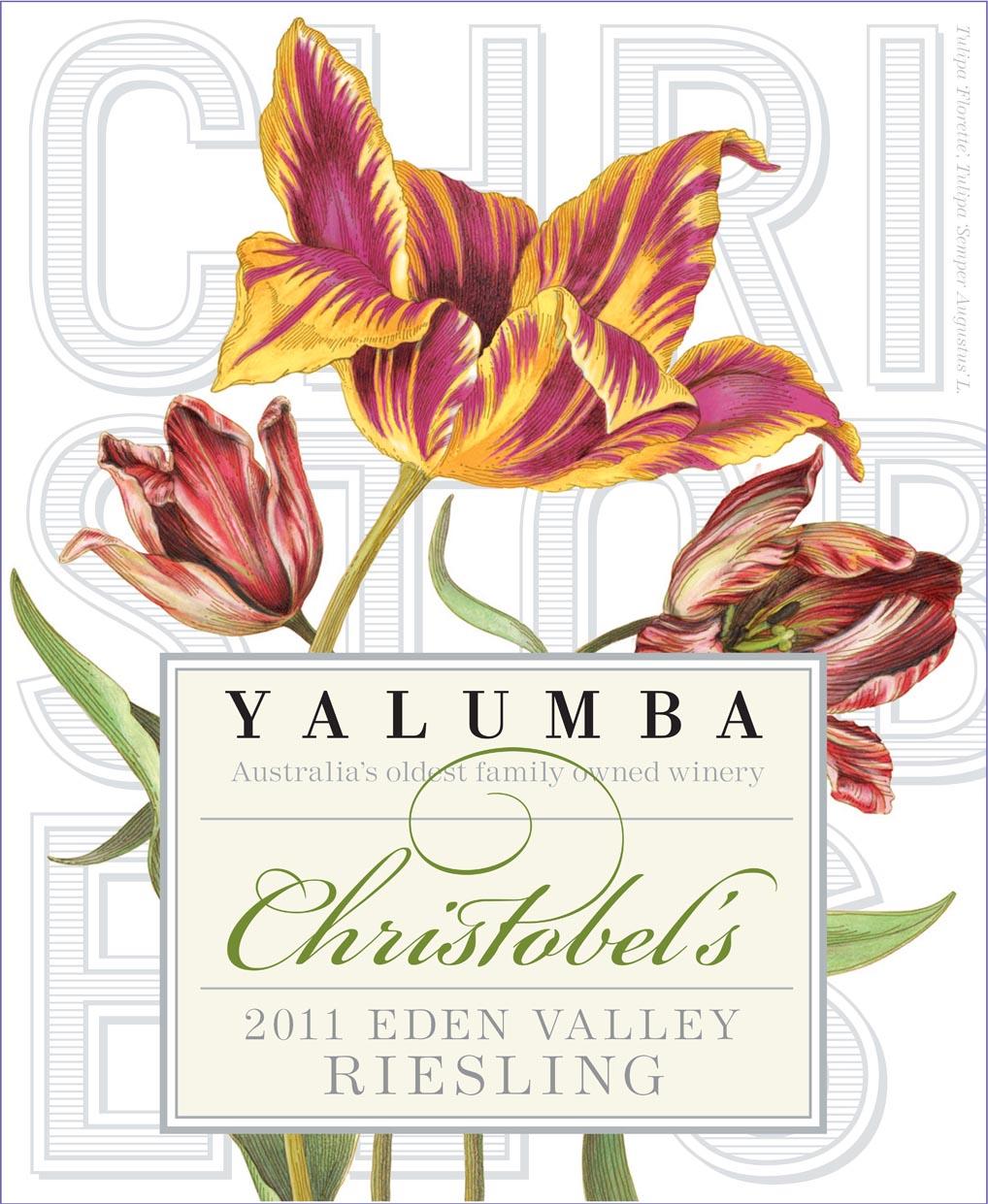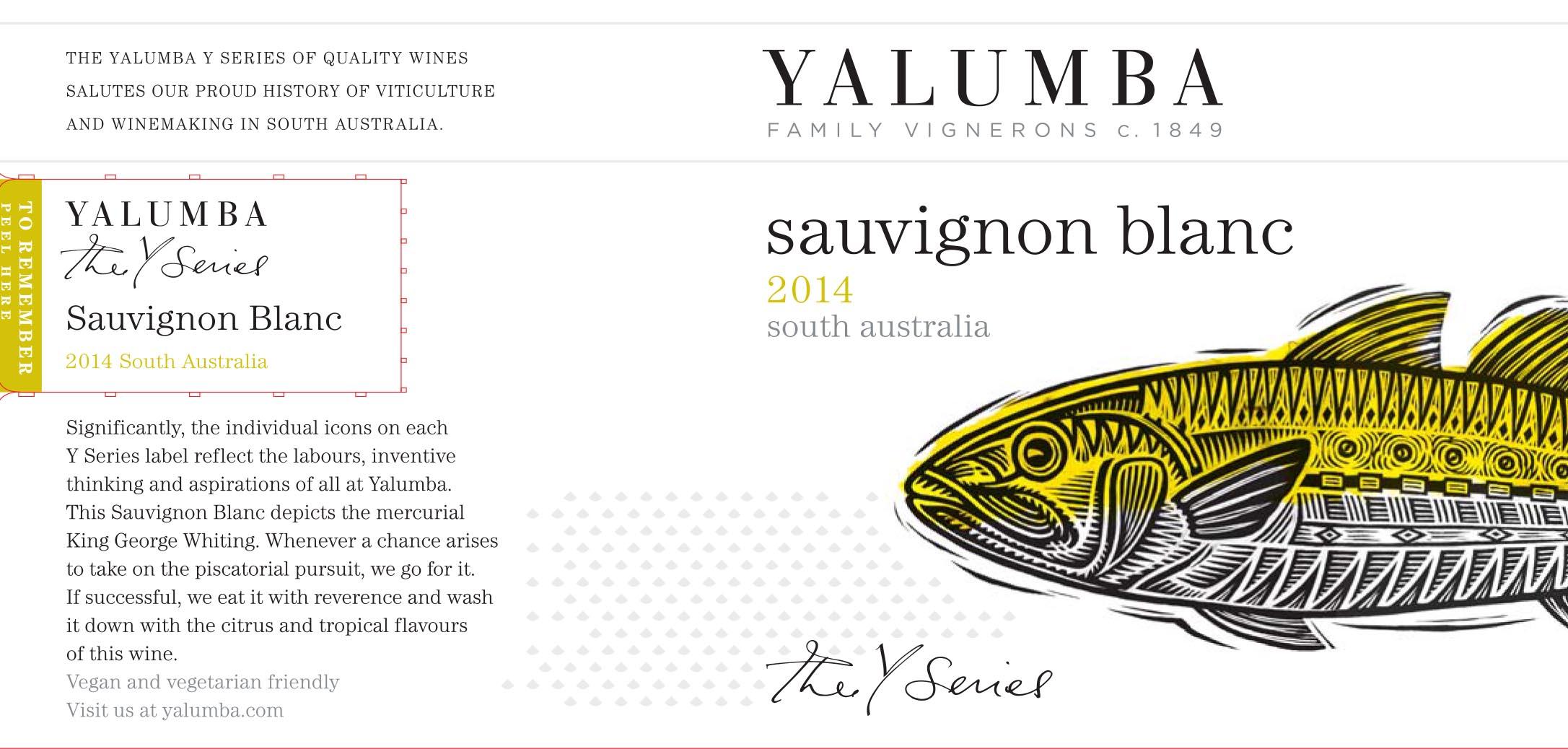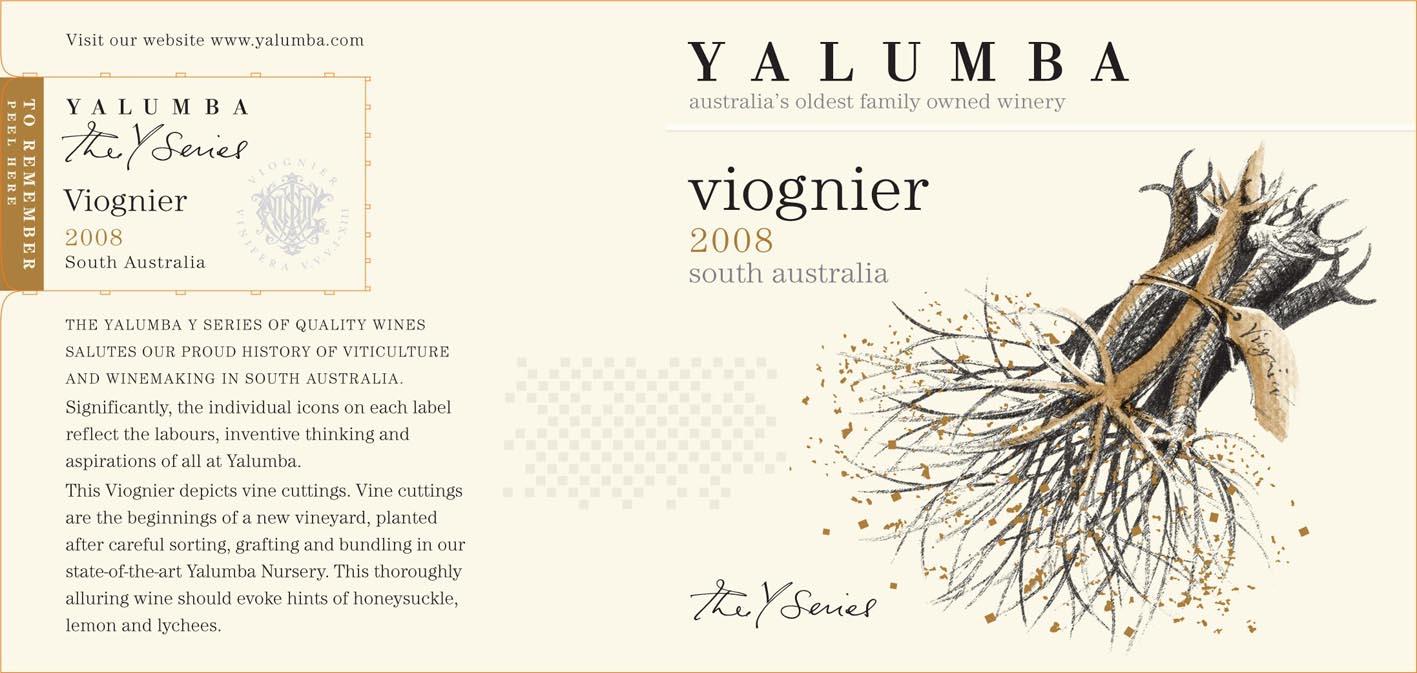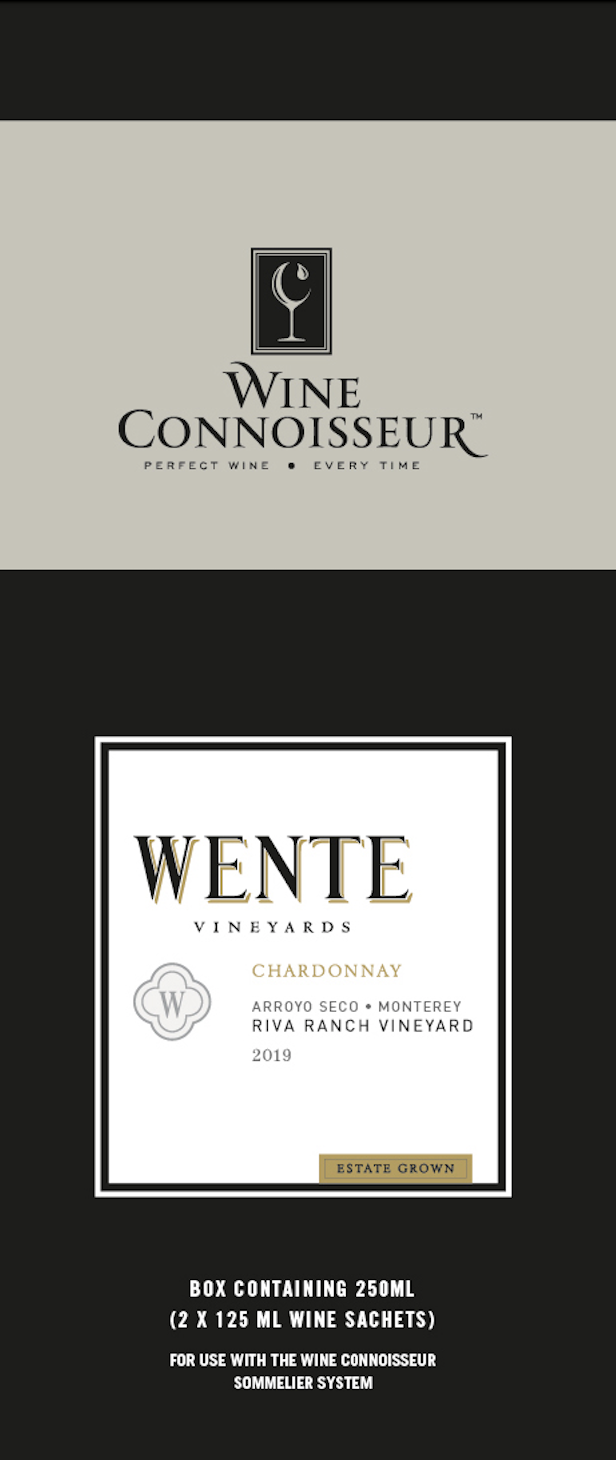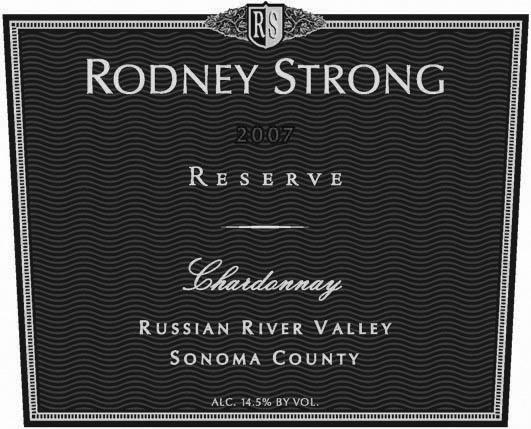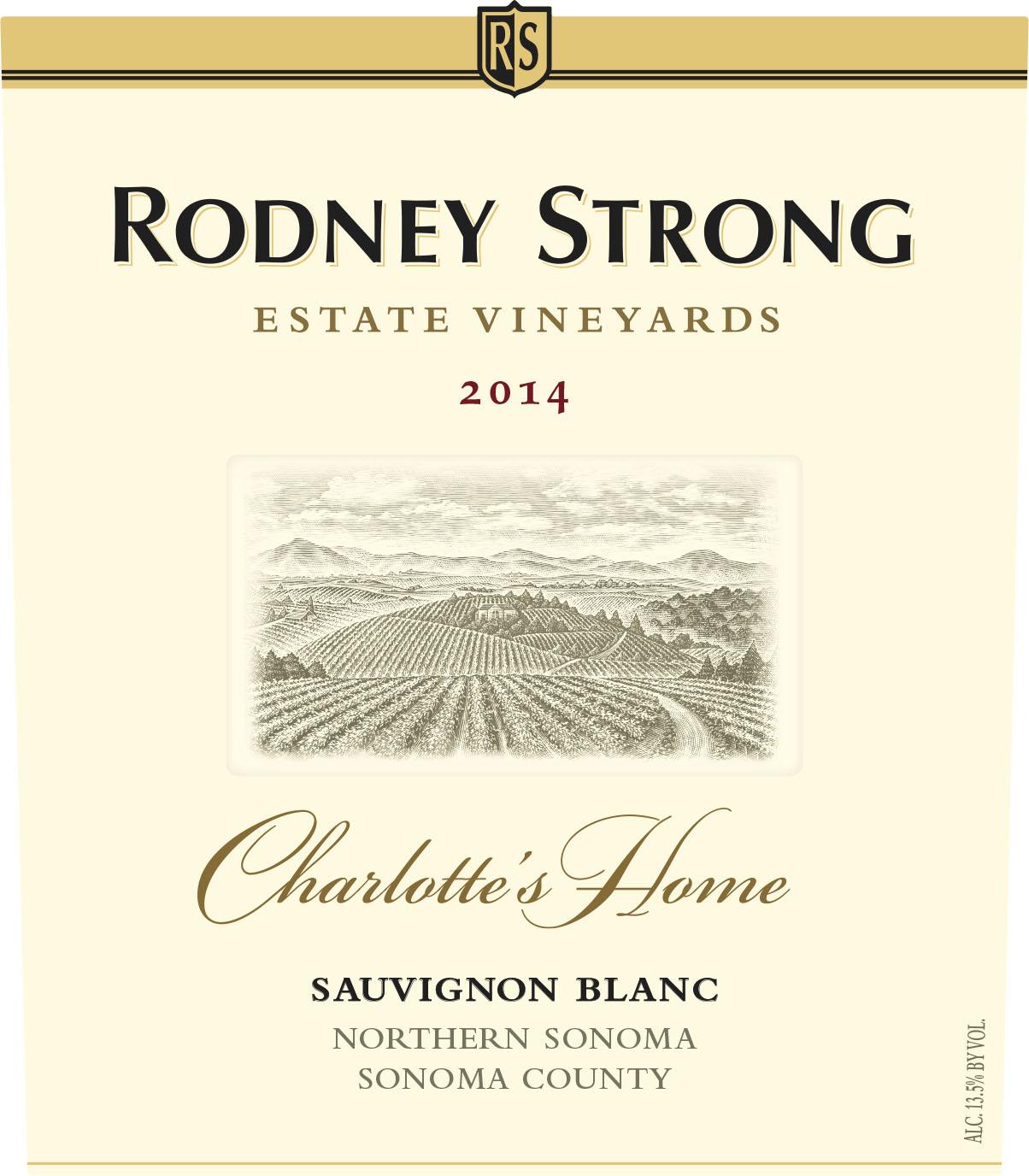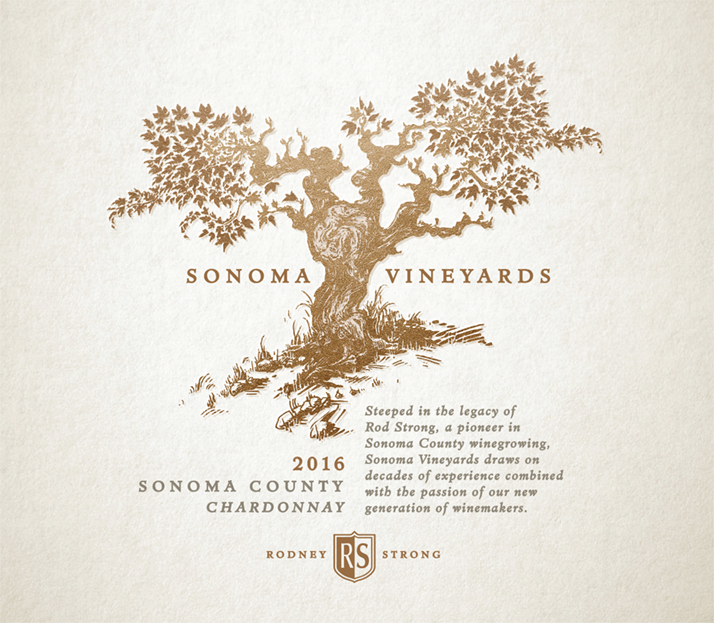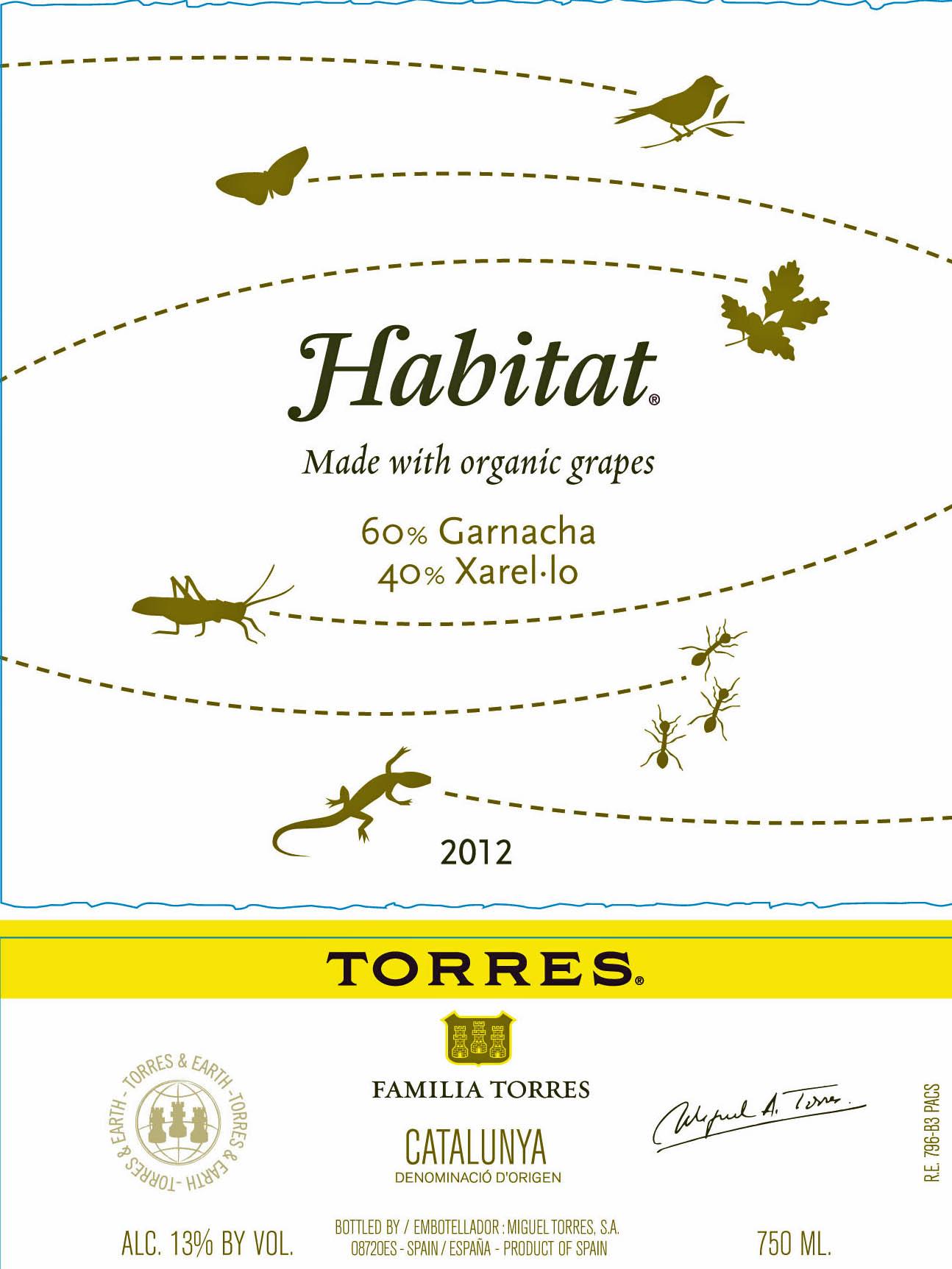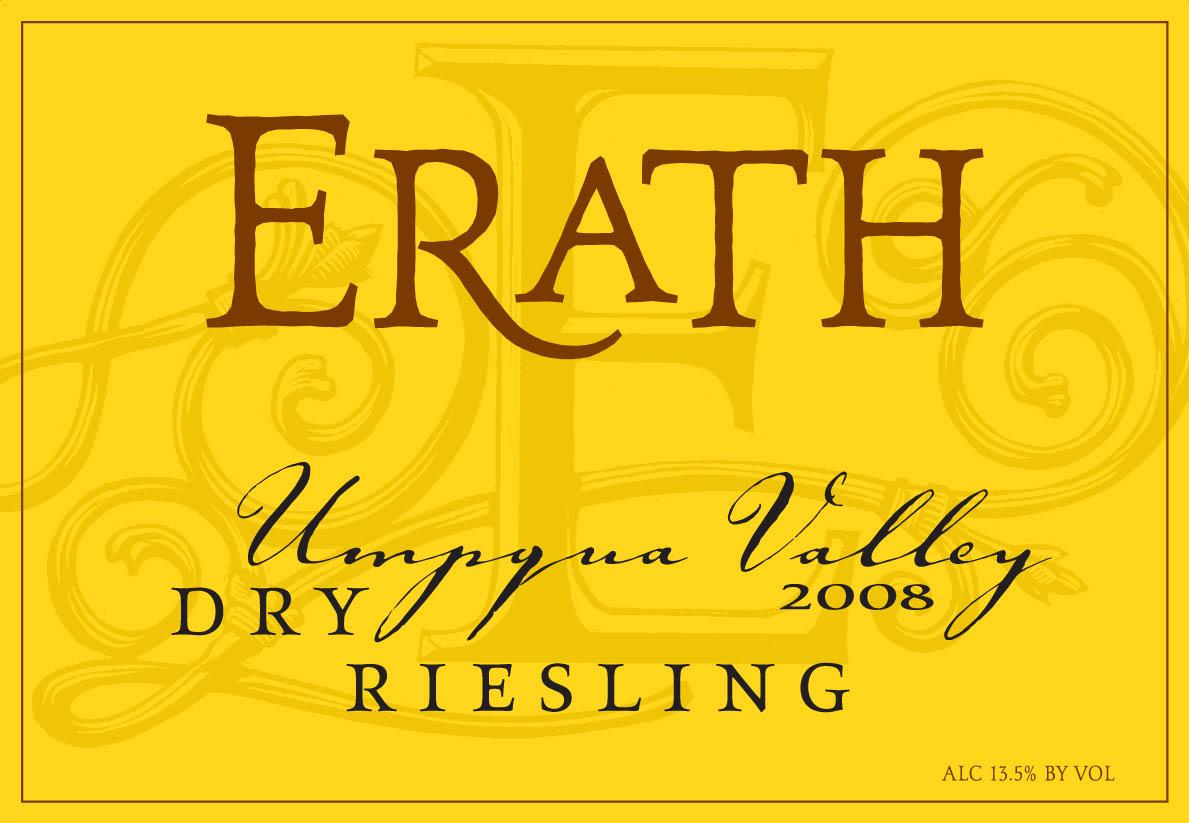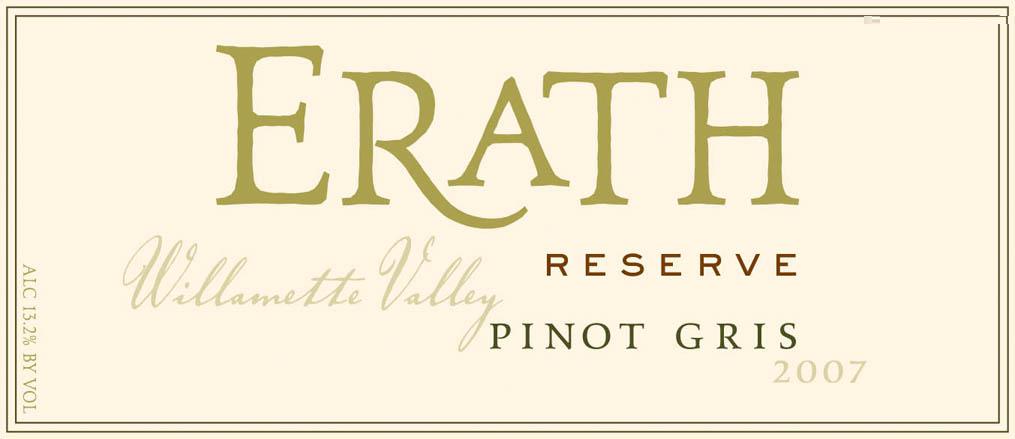Terroir of Argentina's Northern Region
Cafayate Valley in Salta has an arid climate with just 200 mm of rainfall each year. It enjoys plenty of sunshine and low humidity. The valley sits at 1,600–2,000 meters high, with sandy-loam and stony alluvial soils that drain well. This helps grapevines produce wines with great flavor and balanced acidity.
The Andes keep the climate dry, while big temperature changes—from 38°C during the day to 12°C at night—slow down grape ripening, making them more complex.
In Quebrada de Humahuaca, Jujuy, vineyards climb up to 3,329 meters. The strong UV light at these heights gives grapes thick skins and rich flavors, creating bold wines like Malbec and Syrah.
Catamarca and Tucumán also have a dry, sunny climate at 1,500–2,300 meters, with calcareous soils adding unique minerality to both their aromatic whites and robust reds.
Notable Wineries in Argentina's Northern Region
Argentina’s Northern Region, celebrated for its elevated vineyards, hosts several remarkable wineries that blend history and innovation.
-
Bodega Colomé: Established in 1831 in Salta, Colomé boasts some of the world’s highest vineyards. Renowned for its Malbecs and Torrontés, it offers rich wines and a luxurious estancia with an art museum.
-
Bodega El Esteco: Located in Cafayate, this winery, since 1892, crafts award-winning Torrontés and robust reds. It offers a charming colonial hotel for a complete getaway experience.
-
Bodega Yacochuya: Known for its collaboration with Michel Rolland, this Cafayate winery delivers powerful Malbec blends and refreshing Torrontés from high-altitude vineyards.
-
El Porvenir de Cafayate: A family-run boutique winery, El Porvenir focuses on high-quality, limited-production wines, celebrating Cafayate’s unique terroir with sustainable methods.
Sustainable Winemaking in Argentina's Northern Region
The North Region of Argentina, with its high-altitude vineyards and dry climate, is inherently suited for sustainable wine practices. The scant 200 mm of annual rainfall and low humidity mean vineyards face minimal disease pressure, allowing for reduced chemical use.
Steady winds and cool nights further support organic farming methods.
Water management is vital here. Using meltwater from the Andes, wineries employ efficient drip irrigation and strategic water conservation. Initiatives like the Salta Strategic Wine Plan emphasize eco-friendly winemaking, aiming to minimize ecological footprints while safeguarding water and soil resources.
Winemakers in this region are committed to preserving their stunning landscapes, adopting organic practices, solar energy, and eco-friendly packaging. This dedication ensures that the North Region's vineyards remain both productive and environmentally responsible, securing a sustainable future for the next generations of winemakers and wine lovers alike.
Wine Tourism in Argentina's Northern Region
Argentina’s Northern Region provides an extraordinary wine tourism experience, blending unique landscapes with rich wine culture.
-
High-Altitude Wine Route: Journey through Salta’s Calchaquí Valleys on the world’s highest wine route, featuring stunning scenery and diverse wineries.
-
Cafayate Wine Museum: Explore the Museo de la Vid y el Vino to uncover the region’s winemaking heritage and grape varieties through interactive exhibits.
-
Estate Stays: Enjoy luxurious vineyard stays at places like Estancia Colomé, offering unique wines and cultural experiences.
-
Wine Festivals: Participate in events like the Fiesta Nacional del Torrontés to celebrate local wines with music and dance.
This region’s combination of high-altitude vineyards and vibrant traditions creates an unforgettable wine journey, showcasing the bold flavors and innovative practices that define Northern Argentina’s winemaking excellence.



